According to Mr. Dang Phuc Nguyen - General Secretary of the Vietnam Fruit and Vegetable Association, the export turnover of fruits and vegetables in 2024 will reach a new record with a value of about 7.2 billion USD. Notably, China continues to be the largest market, accounting for 66.5% of the market share, up 28.7% compared to the previous year. Other important markets such as the US and South Korea also recorded positive growth, accounting for 4.7% and 4.3% of the market share, respectively.
| Fruit and vegetable trade surplus in 9 months of nearly 4 billion USD Challenges and opportunities in Vietnam's fruit and vegetable exports |
One of the bright spots of the industry is the strong growth of durian, which is expected to contribute from 3.2 to 3.4 billion USD to the total export turnover in 2024. In addition, other fruits such as bananas, mangoes and jackfruit also recorded significant growth, up 24%, 40% and 25% respectively compared to the previous year. This achievement not only reflects competitiveness, but also demonstrates the efforts of businesses and farmers in meeting strict standards from the international market.
Mr. Nguyen also said that in 2024, Vietnam's fruit and vegetable export turnover to most major markets will grow positively, including exploiting many markets such as China, the US, South Korea, Japan, Australia, and the UAE.
However, to maintain success and move towards sustainable development, businesses need to improve their internal strength and implement synchronous solutions to overcome challenges in the context of increasingly fierce international competition.
Currently, the Vietnamese fruit and vegetable industry still faces many challenges. First of all, there is competition from other exporting countries such as Thailand, the Philippines or China. Import markets are increasingly demanding on quality, food safety and traceability.
Besides, the problem of preservation and transportation is also a limitation when the logistics infrastructure has not met the demand; climate change and plant diseases also have a significant impact on productivity and product quality, Mr. Dang Phuc Nguyen added.
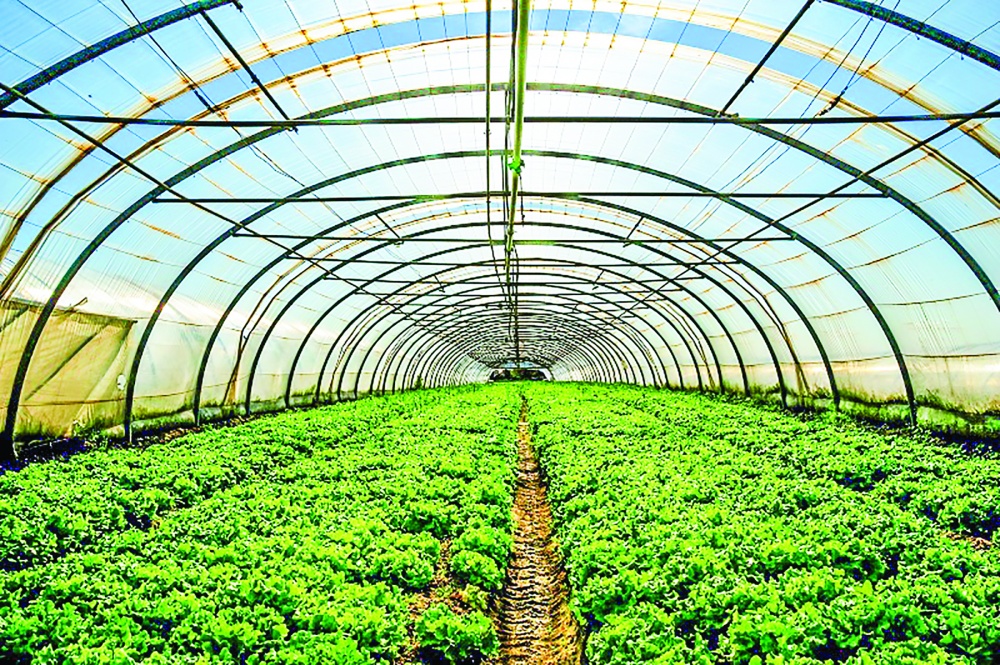 |
| Vietnam's fruit and vegetable export industry is facing a breakthrough opportunity. |
To overcome challenges and move towards sustainable development, the fruit and vegetable industry needs to implement synchronous solutions. In particular, export enterprises play a key role and need to improve their internal capacity to ensure competitiveness and long-term development. At the same time, to compete in the international market, product quality needs to be a top priority. Enterprises need to invest in modern production technology, applying advanced techniques in cultivation, harvesting and preservation. Achieving international certifications such as GlobalGAP, VietGAP, HACCP or ISO will help products penetrate more easily into demanding markets such as the EU, the US and Japan.
Mr. Nguyen Phong Phu, Technical Director of Vina T&T Group, shared that investing in research and development helps businesses create new plant varieties with higher productivity and better disease resistance. At the same time, it is necessary to research modern processing methods to increase product value.
Enterprises also need to strengthen links with farmers and cooperatives to ensure a stable supply of high-quality raw materials. The supply chain needs to be effectively managed from production to export to minimize waste and optimize costs.
Relying on a few large markets is risky when there are fluctuations. Therefore, businesses need to actively seek opportunities in new markets such as the Middle East, Africa or Latin America. At the same time, participating in international fairs and using e-commerce platforms to promote products are effective ways to reach potential customers.
Along with that, building a strong brand for Vietnamese fruits and vegetables in the international market is an important factor. Products need to have attractive, environmentally friendly packaging and clearly show their origin. Building trust with international consumers will contribute to enhancing the value and position of Vietnamese products.
Enterprises need to focus on training a team of highly qualified personnel, knowledgeable about production techniques, international trade and quality standards. This helps improve management capacity and the ability to adapt to changes in the market.
To solve the problem of preservation and transportation, it is necessary to invest in building modern cold storage systems and improving transportation capacity, especially by sea and air. The government also needs to have policies to support businesses in developing logistics infrastructure.
Ms. Nguyen Thi Thanh Thuc, Director of AutoAgri Software Technology Joint Stock Company, said that the demand for fruits and vegetables from Vietnam in the Chinese market is still very large. Many winter fruits and vegetables from northern Vietnam are sought after by Chinese customers who want to import them. However, most of these vegetables have not yet been officially licensed for import into China, so the negotiation process with partners and export implementation is facing many difficulties and cannot be implemented.
Source: https://thoibaonganhang.vn/xuat-khau-rau-qua-no-luc-de-thanh-cong-hon-159313.html


![[Photo] Ho Chi Minh City after 50 years of national reunification through buildings and symbols](https://vstatic.vietnam.vn/vietnam/resource/IMAGE/2025/4/15/a224d0b8e489457f889bdb1eee7fa7b4)
![[Photo] National Assembly Chairman Tran Thanh Man attends the summary of the organization of the Conference of the Executive Committee of the Francophone Parliamentary Union](https://vstatic.vietnam.vn/vietnam/resource/IMAGE/2025/4/15/fe022fef73d0431ab6cfc1570af598ac)
![[Photo] Air Force actively practices for the April 30th celebration](https://vstatic.vietnam.vn/vietnam/resource/IMAGE/2025/4/15/16fdec3e42734691954b853c00a7ce01)
![[Photo] General Secretary To Lam meets with veteran revolutionary cadres, meritorious people, and exemplary policy families](https://vstatic.vietnam.vn/vietnam/resource/IMAGE/2025/4/15/7363ba75eb3c4a9e8241b65163176f63)

![[Photo] Welcoming ceremony for Prime Minister of the Federal Democratic Republic of Ethiopia Abiy Ahmed Ali and his wife](https://vstatic.vietnam.vn/vietnam/resource/IMAGE/2025/4/15/77c08dcbe52c42e2ac01c322fe86e78b)




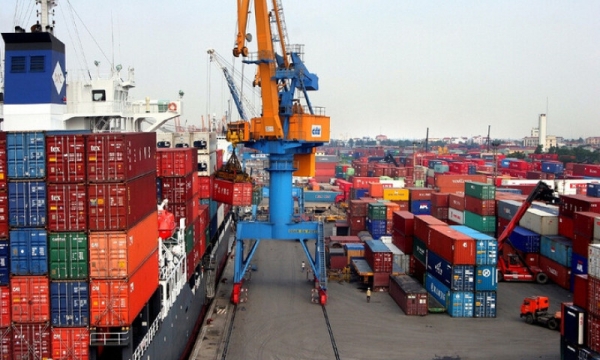
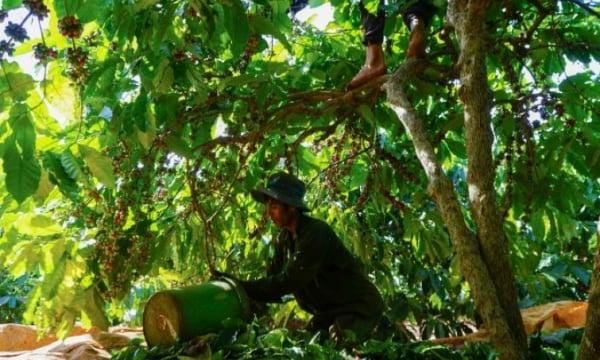














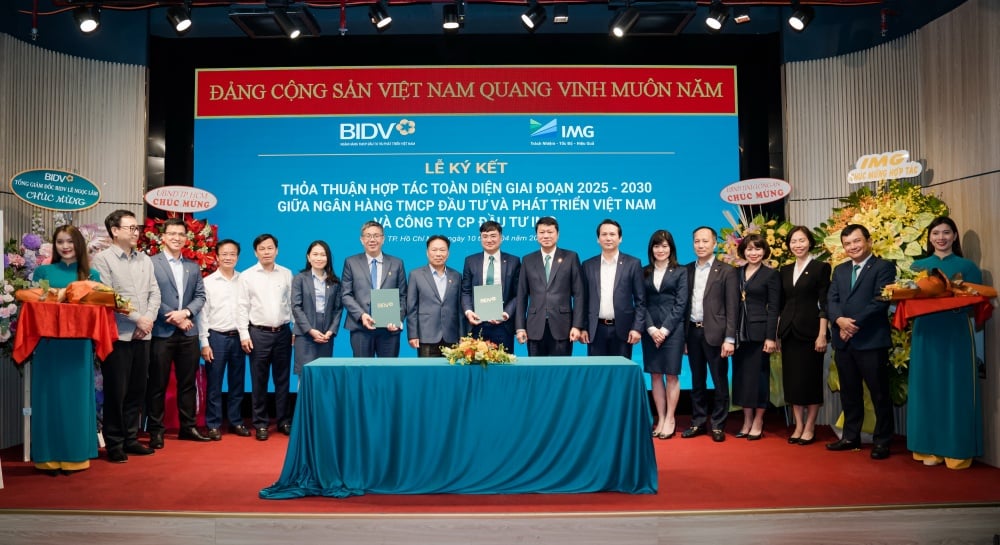
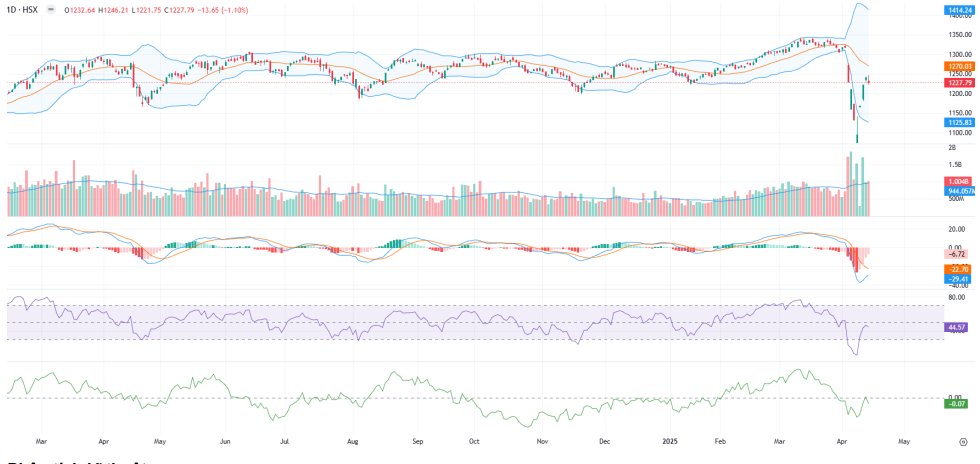

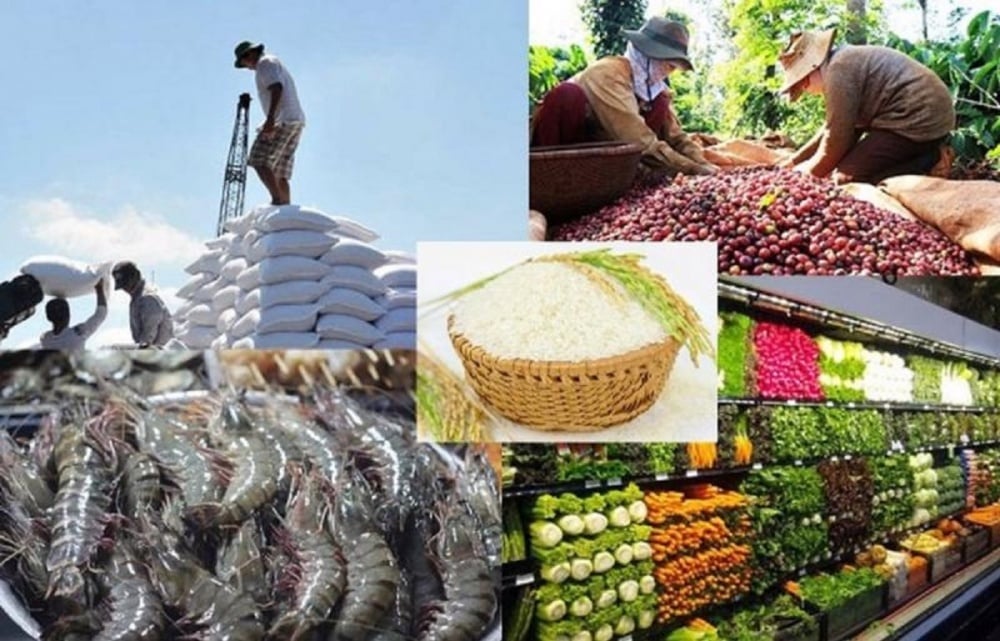


































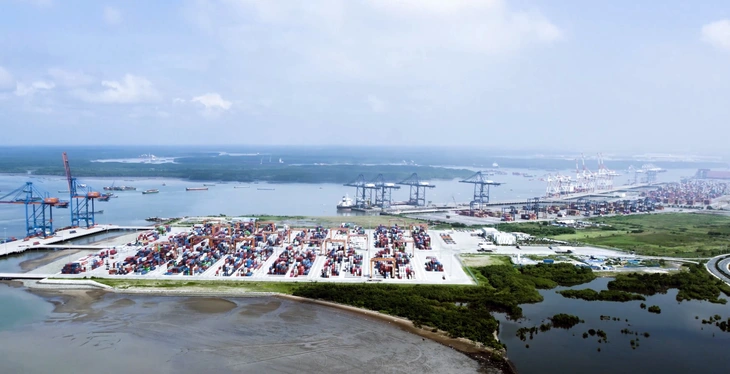




















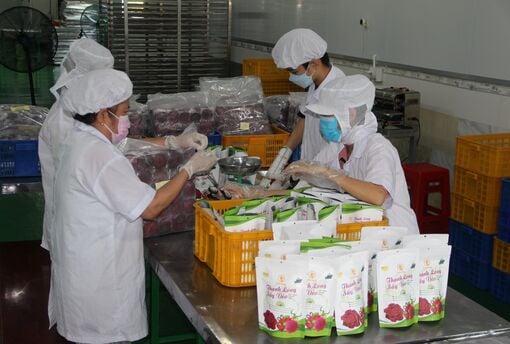




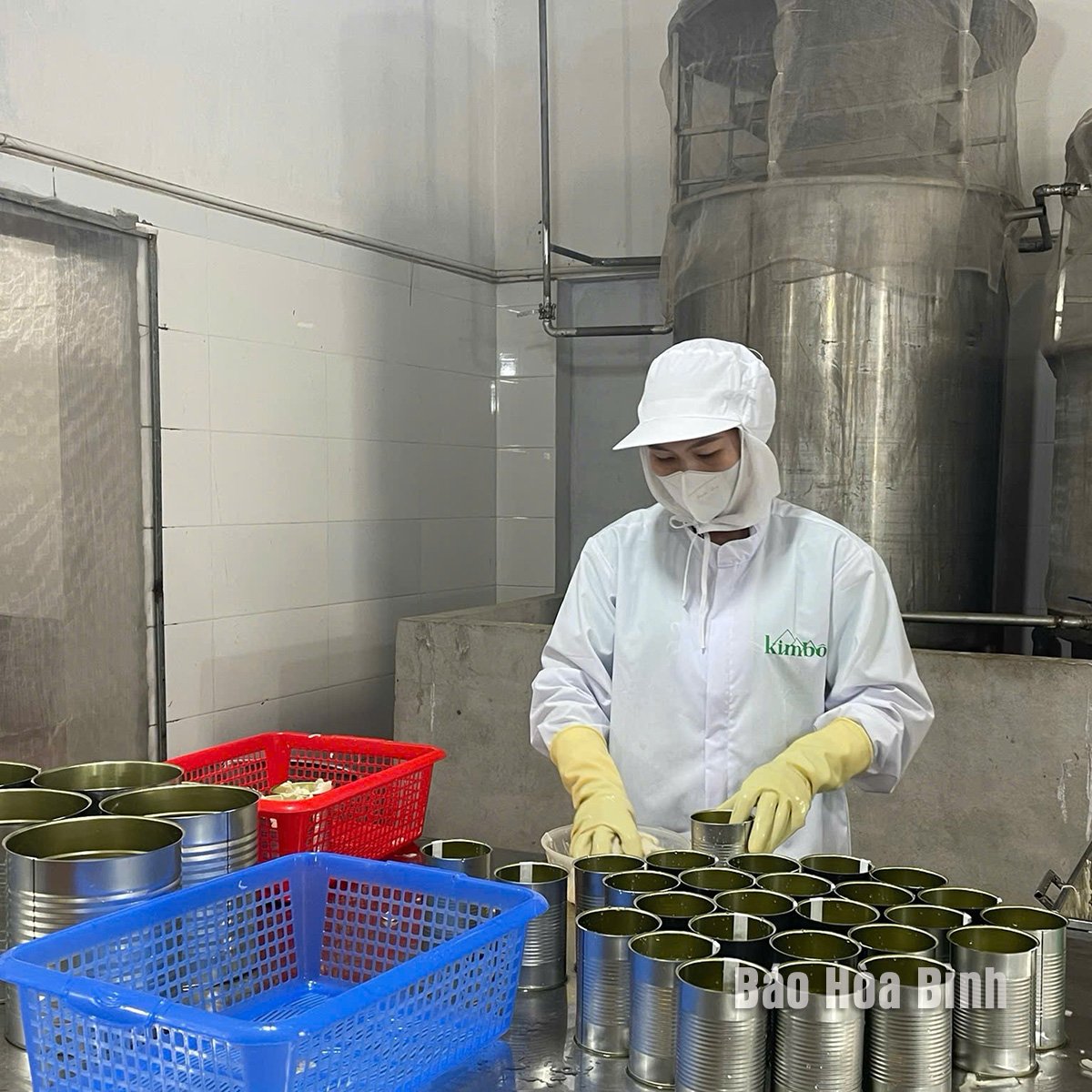

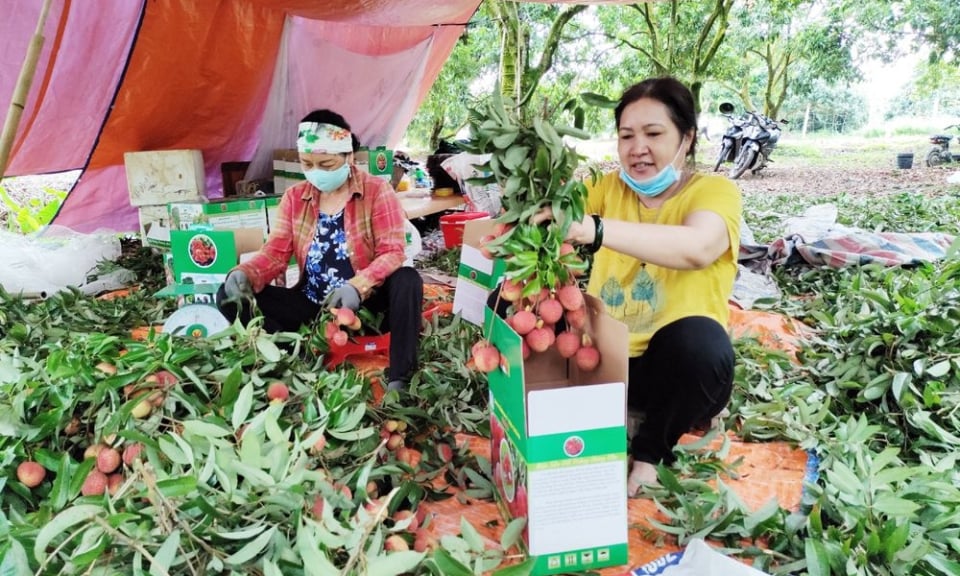

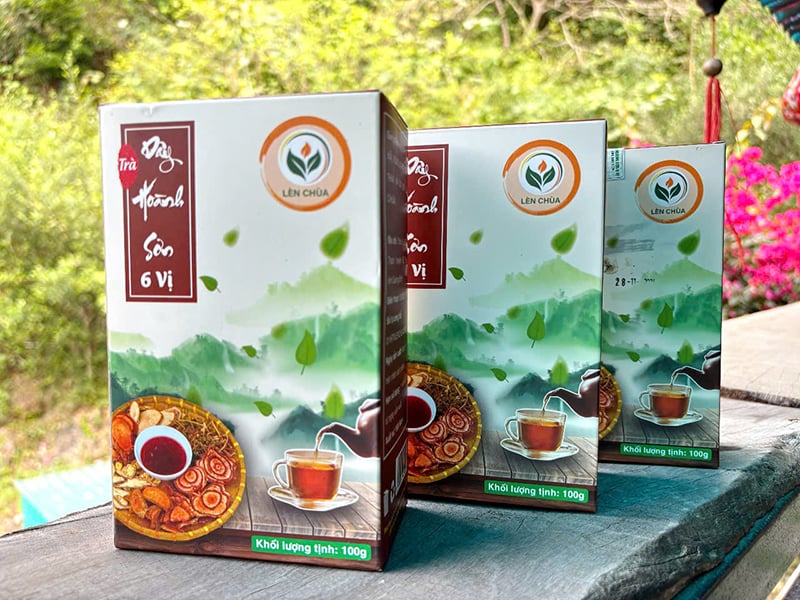
Comment (0)